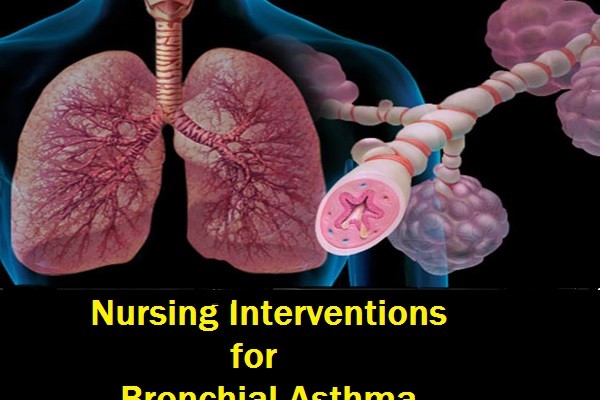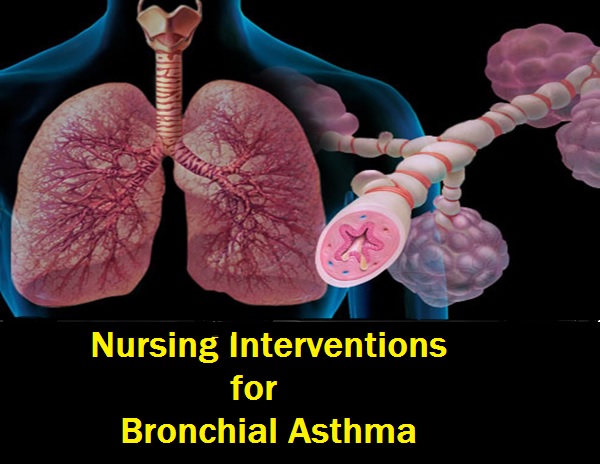- Assess the patient’s respiratory status by monitoring the severity of symptoms, breath sounds, peak flow, pulse oximetry, and vital
- Obtain a history of allergic reactions to medications before administering medications.
- Identify medications the patient is currently taking.
- Administer medications as prescribed and monitor the patient’s responses to those medications; medications may include an antibiotic if the patient has an underlying respiratory infection. fowler or semi-fowler position
- Administer humidified oxygen
- Administer nebulizer of ventolin / normal saline
- Observe for: cyanosis, breath sound, wheezing, respiratory rate apical pulse, blood pressure, pea expiratory flow.
- Administer fluids if the patient is dehydrated.
- Assist with intubation procedure, if required.
- Provide rest and quiet environment
- Monitor for deteriorating respiratory status and note sputum characteristics.
- Teach patient and family about asthma (chronic inflammatory), purpose and action of medications, triggers to avoid and how to do so, and proper inhalation technique.
- Instruct patient and family about peak-flow monitoring.
- Encourage them to express the concerns.
- Explain all procedures
- Teach patient how to implement an action plan and how and when to seek assistance.
- Obtain current educational materials for the patient based on the patient’s diagnosis, causative factors, educational level, and cultural background.
- Emphasize adherence to prescribed therapy, preventive measures, and need for followup appointments.
- Refer for home health nurse as indicated.
- Home visit to assess for allergens may be indicated (with recurrent exacerbations).
- Refer patient to community support groups.
- Remind patients and families about the importance of health promotion strategies and recommended health screening.
Sources:
https://nurseslabs.com/asthma-nursing-management/
https://www.nursing-help.com/2011/08/bronchial-asthma-nursing-diagnosis-and-nursing-care-plan.html












Just need it